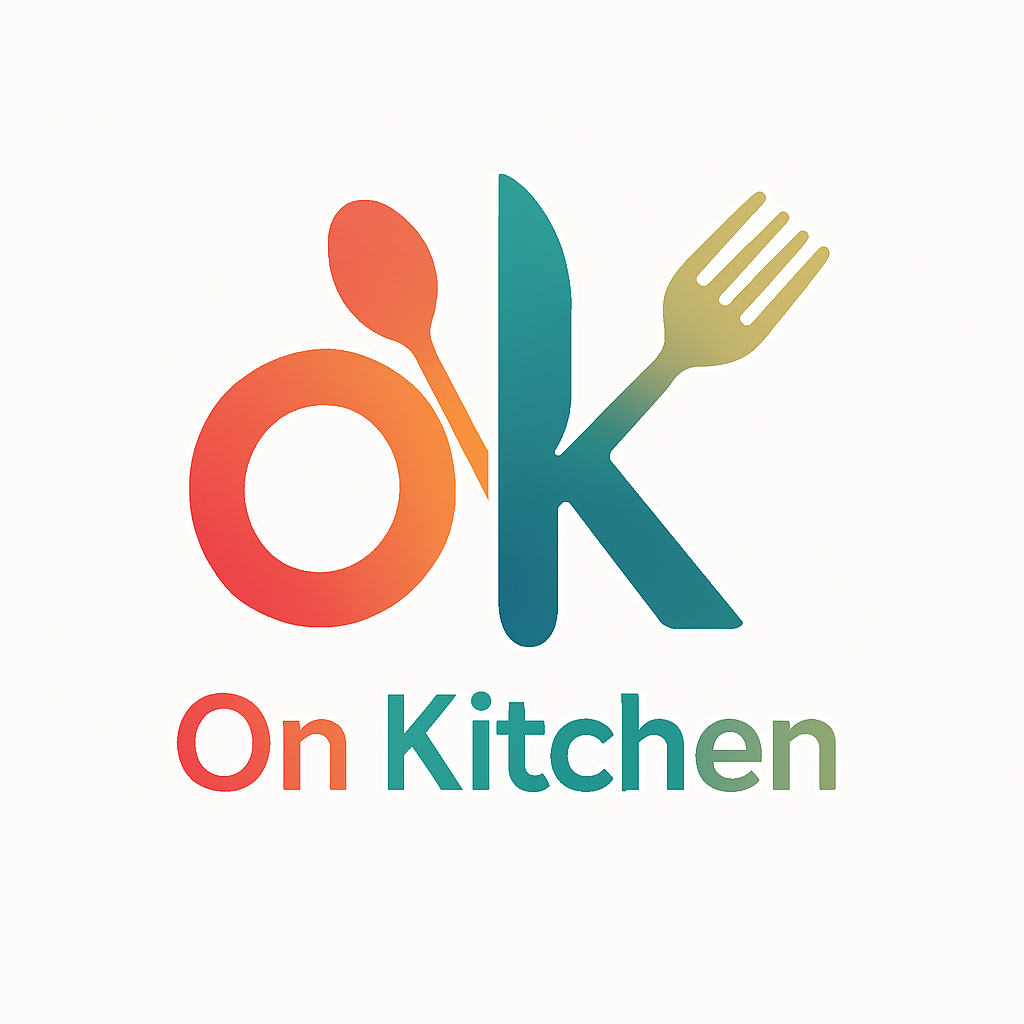
Are meal kits still worth it in 2025? A deep dive into HelloFresh, Blue Apron and Marley Spoon
Introduction: The Rise of Meal Kits in 2025
Meal kits pre portioned ingredients paired with chef designed recipes have evolved from pandemic era novelties into staple options for busy households and food enthusiasts alike. By saving time on shopping and meal planning, they cater to professionals, families, and seniors looking for fresh, balanced dinners without compromise. In 2025, technological enhancements like AI driven personalization and mobile app integrations further streamline the experience, making meal kits more tailored than ever.
Detailed Comparison
1. Pricing
- HelloFresh: Servings range from $8.99 to $11.49 each, with family plans averaging $9.99 per serving, including shipping on first orders; promotions like “one free high-protein item per box” sweeten the deal for new subscribers.
- Blue Apron: Prices vary by plan size, from as low as $4.00 per serving on large promotional bundles to $11.99 for smaller 2-person boxes; standard shipping adds $10.99 per week.
- Gousto (UK): Portions start at £3.78–£4.72 (≈ $5–$6) per serving, with generous discounts of 50% off first boxes and flexible pricing tiers based on box size.
- Marley Spoon: It costs $8.69–$12.99 per serving, depending on the weekly recipe count; with introductory offers, first-time users can bring costs down to about $4.99 per serving.
2. Recipe Variety
- HelloFresh: Offers 60+ weekly chef-designed recipes, ranging from ‘Protein Smart’ to ‘Calorie Smart’ options and seasonal specialty boxes.
- Blue Apron: Features Standard Kits, Ready to Cook, and Prepared & Ready meals, with roughly 20–30 rotating recipes weekly and Premium add-ons for adventurous cooks.
- Gousto: It boasts over 500 monthly recipes (200 available at any time) covering diets from low-calorie to family-friendly, making it one of the broadest selections in the UK.
- Marley Spoon: Presents 100+ weekly recipes, including Martha Stewart exclusives, with ‘Saver’ and ‘Premium’ tiers, plus seasonal and special-occasion dishes.
3. Convenience & Ease of Use
- HelloFresh: Delivers between 8 am to 8 pm weekly; users can skip, pause, or cancel by 11:59 pm PST five days before delivery, all via an intuitive app.
- Blue Apron:provides both meal kits and heat and eat options. While recipes can be time intensive (up to 55 minutes), the Ready to Cook and Prepared Meals offer faster alternatives.
- Gousto:emphasizes simplicity with clear recipe cards and 10-minute “Speedy” meals; its flexible subscription lets you adjust or pause orders easily via website or app.
- Marley Spoon: Integrates an online Market for add-ons, offers under-20-minute meals, and features eco-packaging pickup instructions ideal for those who enjoy cooking without grocery runs.
4. Sustainability Practices
- HelloFresh: Boxes and paper inserts are curbside-recyclable; meal planning reduces food waste by only supplying needed portions.
- Blue Apron: Uses 100 % recyclable packaging where possible and sources from regional suppliers to lower transport emissions.
- Gousto: Publishes a Sustainability Hub detailing initiatives on packaging reduction and carbon offsets, though some customers note lingering plastic use.
- Marley Spoon: It offers a publicly available Sustainability Report, compostable bags for perishables, and regular eco-tips in its newsletter to encourage box reuse.
5. Customer Satisfaction & Reviews
- HelloFresh: Praised for being “perfect for beginners” with fresh ingredients and varied menus; average rating around 4.5/5 in user surveys.
- Blue Apron: Noted as a culinary teacher, with quality ingredients and portion generosity; some critique prep complexity, but overall satisfaction is high.
- Gousto: UK reviewers award it 9/10 for ease, recipe creativity, and value; long-term users cite minimal downsides beyond subscription management.
- Marley Spoon: It is recommended for its gourmet tilt and consistency, with an emphasis on comfort classics and Martha Stewart’s designs; user reviews average 4.2/5.
Recent Trends Impacting Meal Kits in 2025
- Tech Integration & AI: Companies leverage machine learning to suggest recipes based on past choices and dietary goals, boosting personalization and reducing churn.
- Post-Pandemic Profitability Focus: Firms like HelloFresh and Gousto have shifted from rapid subscriber growth to sustainable profitability, optimizing supply chains and trimming unprofitable offerings.
- Plant-Based & Health-Forward: The vegetarian segment commands a projected 17.6 % CAGR through 2030 as consumers seek eco-friendly, nutrient-dense meals.
|
Service |
Pros |
Cons |
|
HelloFresh |
Beginner-friendly, vast menu, strong promotions |
Moderate pricing, occasional protein skimping |
|
Blue Apron |
Skill-building, Premium add-ons, prepared options |
Longer cook times, limited swappability |
|
Gousto |
Unmatched recipe variety, low cost per portion |
UK-only availability, packaging waste |
|
Marley Spoon |
Gourmet recipes, Martha Stewart’s line, eco practices |
Higher base price, calorie variability |
Conclusion & Recommendations
- Budget-minded and variety-seekers: Gousto (UK) or HelloFresh (US) offer the best bang for your buck and rotate menus frequently.
- Cooking Enthusiasts & Skill Builders: Blue Apron’s structured recipes and Premium Kits provide a mini-culinary education at home.
- Gourmet & Sustainability Focus: Marley Spoon melds Martha Stewart’s flair with robust eco-initiatives, ideal for those who relish scratch cooking.
Ultimately, meal kits will remain “worth it” in 2025 for those who value convenience, reduced waste, and culinary exploration provided you pick the service that aligns with your lifestyle and budget.
